Applications
A cordless work light is a portable, self-standing light that runs from battery power. Solid state lighting and sophisticated battery chemistry marry in today’s portable lighting products. A battery-operated LED work light is handy enough to take virtually anywhere, and yet robust enough to handle demanding lighting needs. With exceptional portability, powerful illumination and dependable performance, cordless work lights provide countless utility uses, including jobsite lighting, area lighting for outdoor adventures, emergency and disaster preparedness. The absence of messy cables provides enhanced convenience of use in construction sites, garages, workshops, confined spaces, and DIY jobs around a house. Self-powered work lights are awesome for lighting applications where grid tied power is inaccessible. Keep a work light in the trunk and use it to chase away the darkness when your outdoor adventure runs into the night hours. From camping, fishing, boating and picnicking to emergency roadside repairs, battery-operated LED work lights create no hassle to deliver mission-critical illumination.
Design and construction
Cordless work lights come in various styles and take various forms. These self-contained lights may be designed to stand on their own or with the support of an adjustable handle, but most of these products have dedicated stands (e.g., H-stands, folding stands and sled bases) which provide increased stability and allow the light to adjust to a variety of convenient angles. Some products are designed with magnetic fixings on the base, which facilitates secure standing on uneven metallic surfaces and enables vertical mounting of the work lights on a metallic surface such as the car door and the side enclosure panel of a machine. Stand-mounted work lights generally have swiveling and pivoting adjustment which allows for a precise beam throw. A comfortable carrying handle provides easy portability.
Cordless work lights are built durably to handle abuse in harsh operating environments and withstand the rigors of the outdoor elements. The LED module is protected by a tempered glass or polycarbonate lens, which, in conjunction with a rugged construction, provides superior resistance to mechanical impacts, shocks and drops. Work lights are often thoroughly sealed to resist water, oil and dust ingress. Chemical surface treatment and polyester powder coating on the exposed metal parts provide durable protection against corrosive environmental elements.
Light source
A cordless work light is fundamentally a portable flood light. It’s usually a single-light fixture that emits light in one direction and may be designed to project a controlled beam of light. The battery-powered LED flood light generally has a system wattage of less than 100 watts but can produce a substantial volume of lumens thanks to the high efficacy operation of the semiconductor light source. Amon the various type of LED packages which include plastic leaded chip carrier (PLCC) mid-power, chip scale package (CSP), chip-on-board (COB) and ceramic-based high power LEDs, COB LEDs are often the light source of choice in floodlighting applications. A COB LED is comprised of an array of LED chips which are mounted onto a metal-core printed circuit board (MCPCB) or ceramic substrate to produce a surface-emitting device with excellent beam uniformity and high lumen density. Another usual choice of the light source for portable lighting systems is the mid-power SMD LEDs which appeal to the lighting industry for their high luminous efficacy and low costs. High power LEDs built on ceramic substrates or the CSP platform are primarily used in high end systems or for heavy duty applications. These LEDs offer high drive current capability for high lumen output while delivering excellent lumen maintenance and color stability.
System engineering
COB LED arrays can be fabricated in various sizes, which provides the flexibility to tailor the light emitting surface (LES) to different applications. SMD LEDs are soldered mounted to an MCPCB to form an LED module. The COB array or SMD module is mounted onto a heat sink to create a thermal path. The heat sink has a flat contact area which provides effective heat transfer from the PCB. When there’re surface imperfections which create air gaps and voids and impede effective thermal transfer, a thermal interface material (TIM) is placed between the PCB and heat sink to minimize the interfacial contact resistance. The heat sink is typically fabricated from die cast aluminum. In higher wattage systems which produce a high thermal load, the heat sink takes the place of the housing to create a surface area as large as possible for convective thermal transfer.
The LEDs incorporated in work lights are typically selected to emit cool white light and may have a high color rendering index (CRI) when the task requires the light source to produce faithful color reproduction. The light emitted by the LED module is most commonly regulated by a reflector that sits over the entire LED module or a reflector array that provides package-level optical control for discrete SMD LEDs. When visual comfort of paramount importance, a UV stabilized polycarbonate diffuser is provided to soften the harshness of LED light and provide wide, uniform light distribution.
Battery technology
The energy efficient LED module is commonly powered by a rechargeable battery. Lithium-ion (Li-ion) technology has become the universal choice for portable power applications for its overwhelming advantages over nickel-cadmium (NiCd) and nickel metal hydride (NiMH) battery chemistries. Lithium-ion batteries boast high energy density, deep-discharge capability, long cycle life, low self-discharge rate, and high charging efficiency. The use of high capacity lithium-ion battery allows the work light to double as a power bank for charging other battery-operated devices such as smartphones and headlamps. The battery pack is USB rechargeable and has a built-in battery management system for monitoring and controlling the charging and discharging characteristics of the Li-ion cells. LED work lights may integrate solar photovoltaic cells to harvest energy from sunlight.
Drive current regulation
The DC power discharged by the battery needs to be regulated by a constant current LED driver before it is fed to the LEDs. The LED driver may be implemented as a DC-DC converter capable of producing an output with the electrical characteristics suited to those of the LED array. Dimming function is often built into the driver circuitry to provide step or continuous dimming of the LEDs for more efficient use of electrochemical energy.

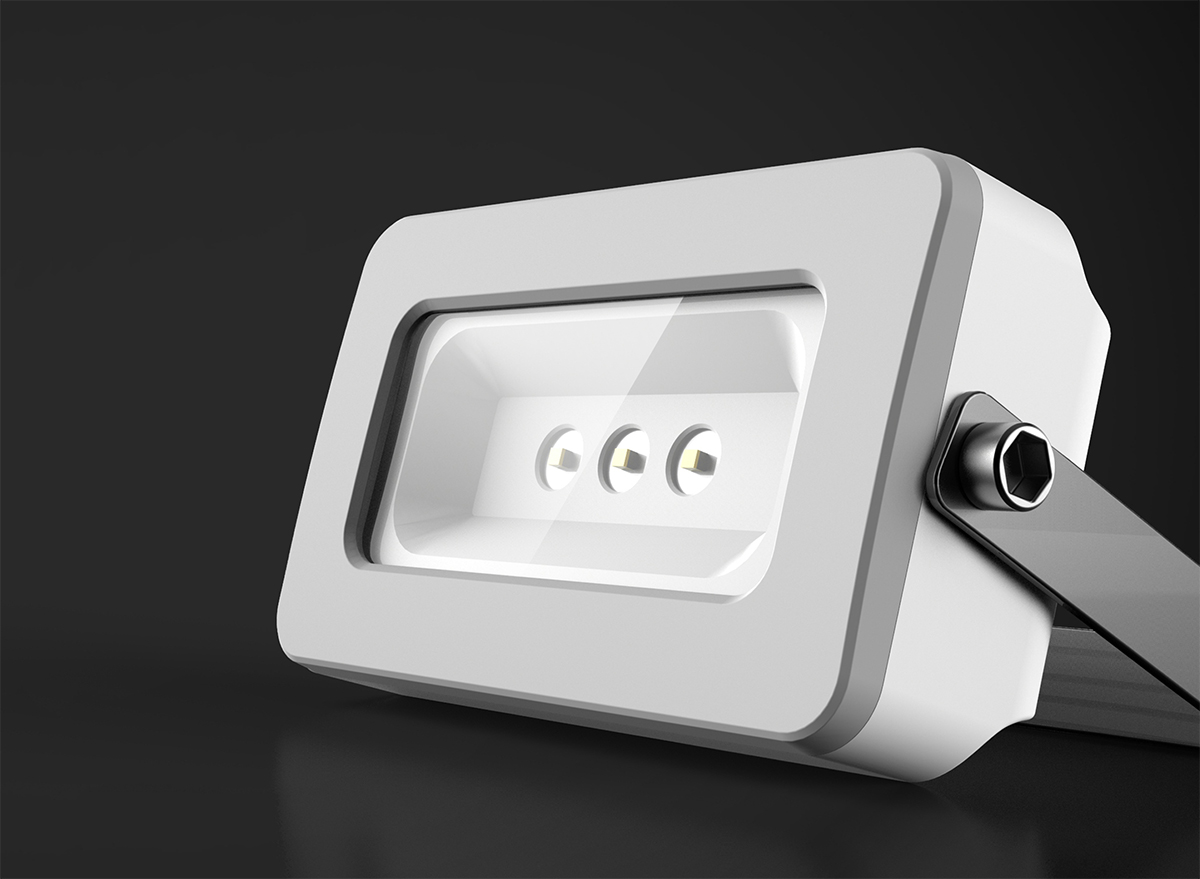
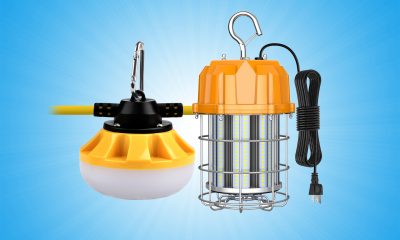


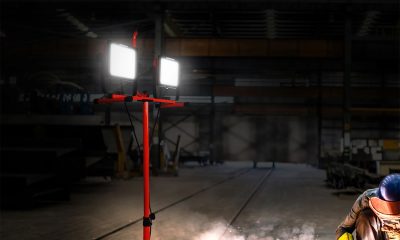
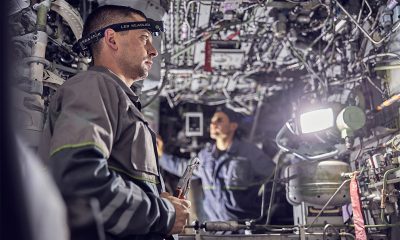
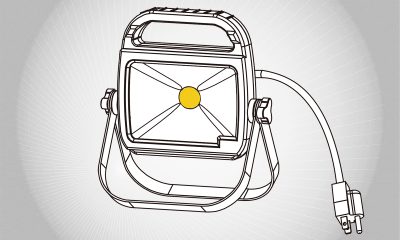
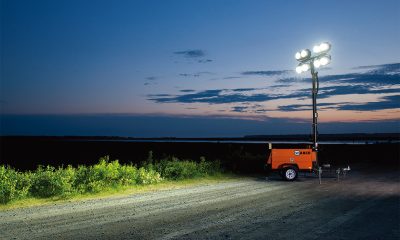





Loading...